Question
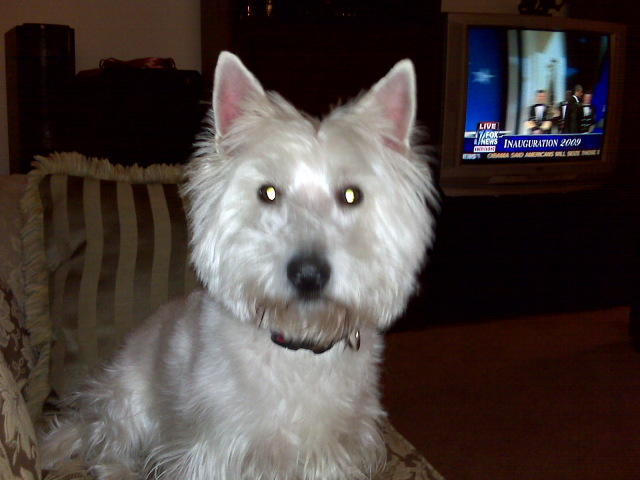 Shannon
Shannon
We have a 5-year-old neutered Westie who has always had separation axiety issues. We've consulted professionals and managed the anxiety "by the book" and, while he's not perfect, the behaviors are managable. We crate him when we're gone and he responds well to that. In fact, he willingly goes in his crate when he knows we're getting ready to leave. I work from home, so we spend most every day together. Yet, he paces and whines, attacks vertical-shaped household items when he hears loud noises, and constantly asks for my attention. He shadows my every move, never letting me out of his sight. (He's also obsessed with birds.) We're thinking that he might benefit from having another non-human pack member, but we don't want to go through the labor-intensive training of another dog. We are considering adopting a young cat or kitten. We don't want to make matters worse, of course. Would we be?
AnswerWOW what a loaded question! Just by asking, you have the answer.
Even another DOG might make matters worse; if your dog isn't socialized very well to other dogs (meaning from young puppyhood right to the present moment, interacting with other dogs at least two to three times a week), another dog in the household would severely complicate matters. Introducing another dog to this dog might be a total disaster: you'd have to absolutely know the other dog was habituated to living with another dog(s) and even THAT might not work. A full grown CAT is absolutely OUT of the question. Your dog has a high prey drive (his attraction to birds and he IS a terrier!); he would definitely chase any cat (or kitten) you brought into the household. The adult cat would definitely run (even if having lived with dogs) and a kitten would be absolutely terrified if the dog persistently chased it. I think adding another living thing to your household should be confined to PLANTS. lol
This dog isn't "lonely"; his demand for attention is most likely being trained by your response to it. When a dog whines and paces, loving owners pay ATTENTION and, by doing so, reward and set the behavior. IGNORE the whining and pacing (so long as you are absolutely certain it isn't based in some physical cause.) His redirection of fear based aggression (attacking vertical objects during loud noises), while not a problem in itself, may also be rewarded by your response to it. For instance: telling a dog "it's ok, everything is ok" and then petting him (just giving attention could do it) will aggravate his sound sensitivity (if that's what it is, this may be a trained behavior in and of itself.) While loud noises can startle a dog (creating a fight/flight physiological response) how the human reacts (both to the sound and the behavior) pretty much determines what's going to happen the next time there's a loud noise. Curtailing one's normal reaction to an indication of fear in a loved object (human or animal), so long as the cause of the fear is actually benign (thunder, car backfire, rather than revolutionary war out in the yard!) is the way to go. Remain calm, even jovial, redirect the dog to an activity he finds highly rewarding ("work", i.e. obedience behavior trained with positive reinforcement) for a minute, then leave it at that. Dogs watch us every second (even when they appear to be asleep, at times), since their species absolutely depends upon body communication. If I am upset because my dog is upset, the dog immediately assumes there IS something to fear and his behavior is rewarded and validated.
This dog needs a j-o-b, not a companion (other than yourself.) The Westie is a very energetic little dog and lots of exercise (long walks at a fast pace) can help burn off a great deal of pent up energy which can evolve into all sorts of problematic behaviors. If you have the time each day, it will be good for both of you to take a very long, brisk walk. If he's shadowing your every move, as you say, he's anxious; anxiety can result from over coddling, under management, inappropriate treatment (as in: treating him like a child instead of a dog), as well as physical causes. Many dogs will follow you from room to room (mine does) but a well adjusted dog should be able to remain in a room after you've left (mine does) or even go to a room without you (mine does.) How to establish this independence requires ignoring the dog's seeming fear (pacing and whining), developing some simple trained behaviors ("sit" and "wait" and a recall) using positive reinforcement training, and ignoring demands for attention. This is not to say you shouldn't pet and cuddle your dog, but NOT on his terms, on yours. Playing games that involve the dog's natural instincts (like "find it" and "get it") engage the dog's intelligence and that's great exercise!
Once your dog has obtained a conditioned response to "sit" and "wait", you can ask him to do this routinely throughout the day for succulent reward (tiny piece of cheese.) When he paces and whines, simply turn away or remove yourself for ten seconds behind a closed door; at first, such removal will be a pain (because you'll have to be consistent) but he'll soon make the connection between his behavior and your removal. Don't interact with him on demand: turn away for five seconds, turn back, ask for a "sit", then pet him or play with him (briefly) until he's learned that he can't solicit attention (in the short term) without "earning" it. This will help with separation anxiety, also. Be sure to check with the veterinarian unless you already have and he's gotten a completely clean bill of health, just to be certain none of this anxiety is caused by a physical condition.
Here's a link to play training sites:
http://www.dogplay.com/Activities/obedience.html
Here's a link to a site with some unique toys:
http://www.planetdog.com/home/
Anxiety in dogs, unless physically based, is a very common modern day problem behavior. Engaging the dog's problem solving abilities, playing games that increase these, adequate exercise, a diet low in protein (for inactive dogs, ask the Vet first) and an appropriate reaction by the human cohabitant all can help to extinguish (or at least control) this problem. "For The Love of A Dog: Understanding Emotion in Your and Your Best Friend", by Patricia McConnell, Ph.D. can offer you some information, as well as John Fisher's "Think Dog".


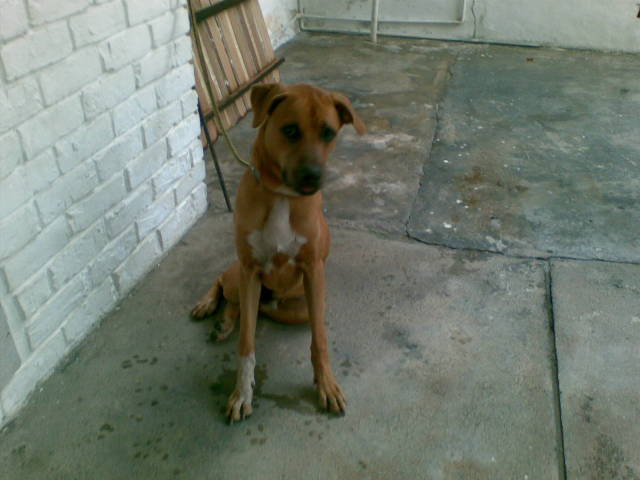 dogs behaviour
QuestionMy 8 months old Dusto
QUESTION: My puppy
dogs behaviour
QuestionMy 8 months old Dusto
QUESTION: My puppy
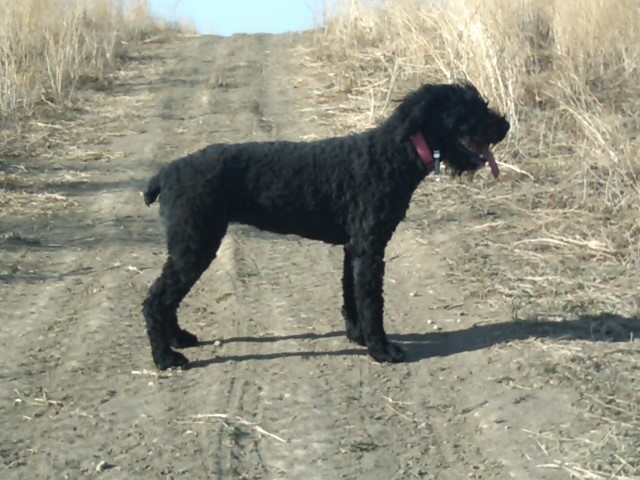 I was riding my bicycle when my 1yr old Bouvier bit my leg
Question
Pup
Hello, I have a 1yr old intact Bouvier bit
I was riding my bicycle when my 1yr old Bouvier bit my leg
Question
Pup
Hello, I have a 1yr old intact Bouvier bit
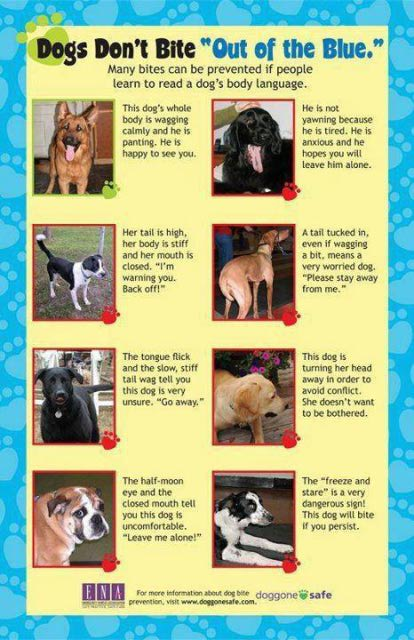 Is this aggression, dominance, or play?
QuestionQUESTION: I have a question regarding doggy beh
Is this aggression, dominance, or play?
QuestionQUESTION: I have a question regarding doggy beh
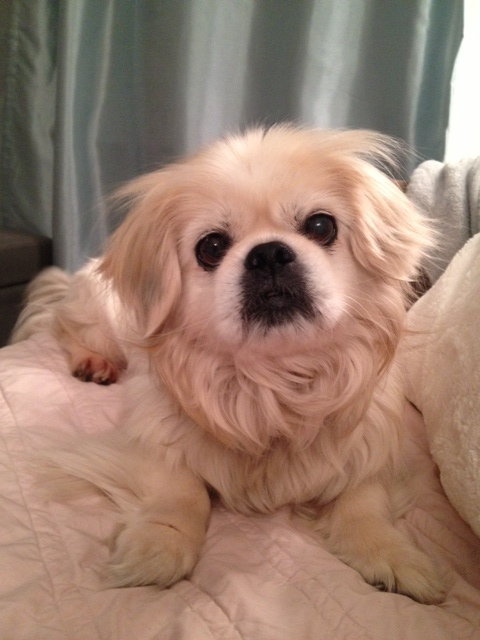 Nightmares?
Question
Beethoven
Hi Melissa, Ive had my very h
Nightmares?
Question
Beethoven
Hi Melissa, Ive had my very h
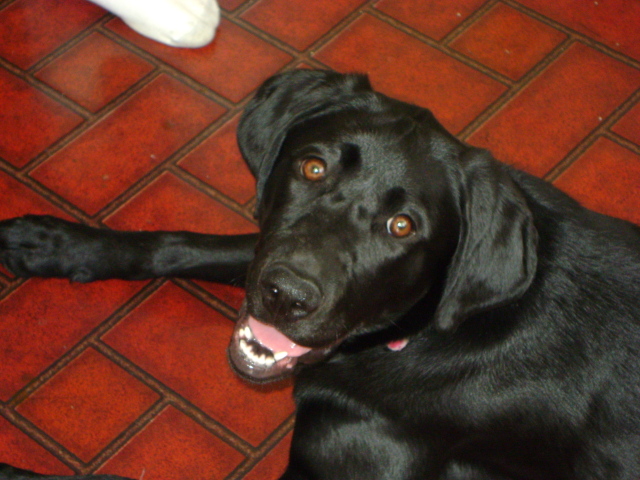 Black lab - 1 yr
QuestionSheba
QUESTION: My lab loves to bite her
Black lab - 1 yr
QuestionSheba
QUESTION: My lab loves to bite her